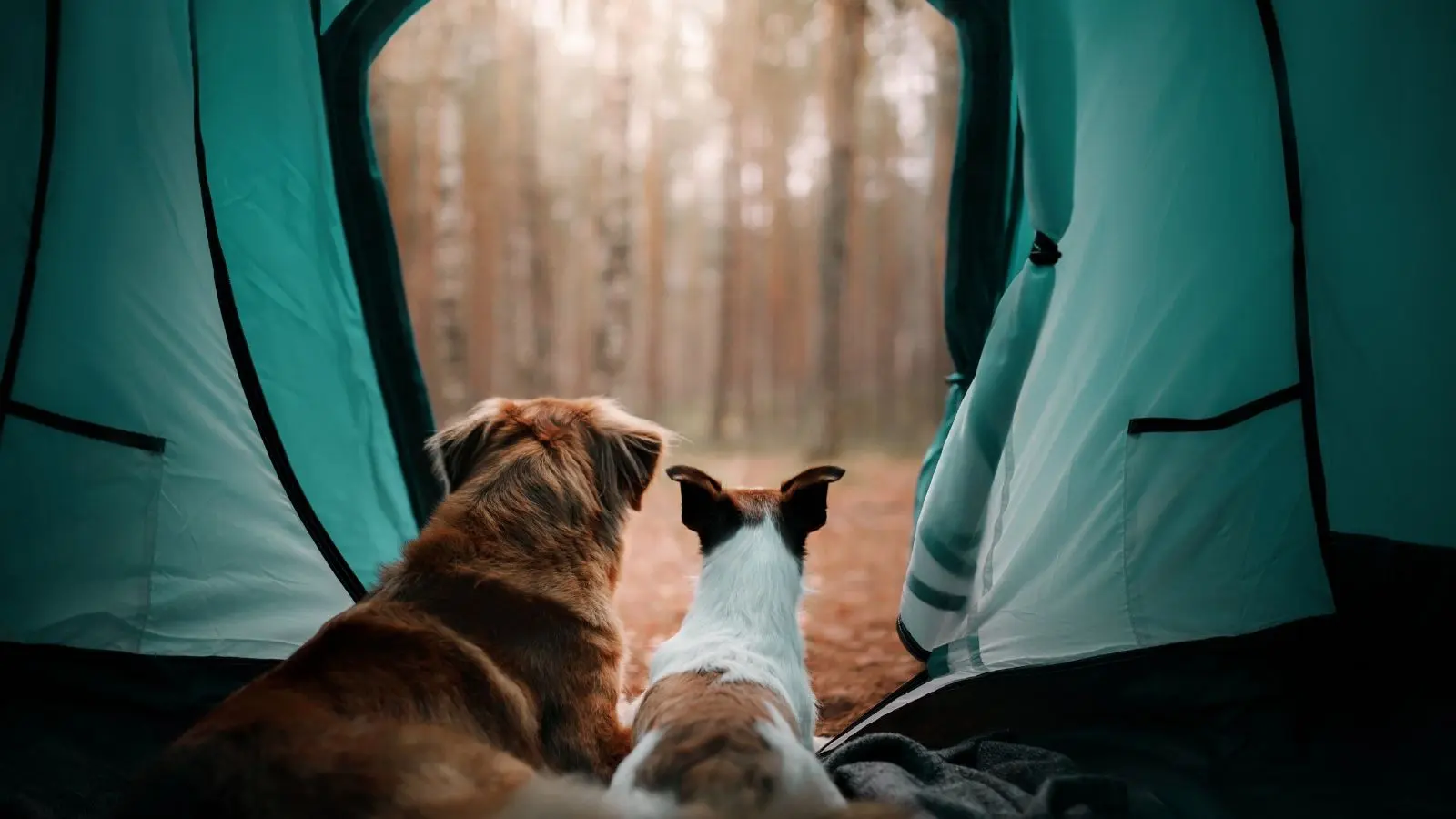There’s something special about roasting marshmallows and trading groan-worthy jokes with your kids over a crackling fire. Add in the family dog snoozing at your feet and you’ve got a picture-perfect family camping memory to last a lifetime. Before you hit the road for a pet camping trip, though, it’s a good idea to brush up on the etiquette rules of camping with pets and kids.
Camping with Pets and Kids: What Not to Do
Camping with pets and kids should be a fun and memorable way to vacation together as a family. But there’s a right way and a wrong way to go about pet camping, especially at campgrounds where you’ll be sharing space and facilities with others. With that in mind, here seven things pet owners should never do on a family camping trip (or pet-friendly hotel, for that matter) with four-legged friend.
HIT THE ROAD: A Beginner’s Guide to Choosing an RV to Rent or Buy
1. Invade Someone Else’s Space
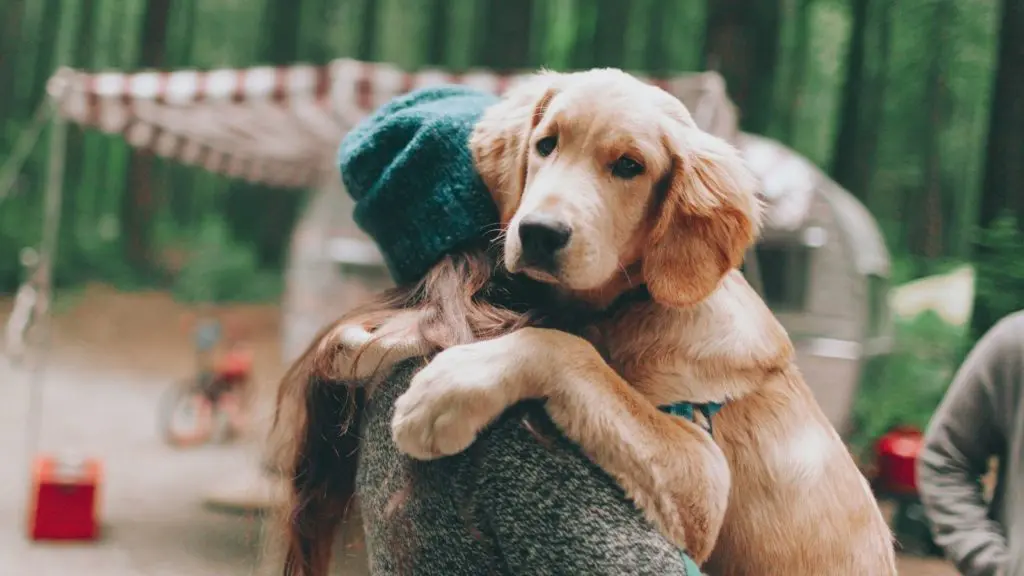
Whether you’re going all-in on luxury with a family glamping vacation or camping at one of the country’s best family campgrounds, think of your campground as a small town. Each campsite or RV site is an individual property. You wouldn’t let your family members tramp across your neighbor’s lawn, right? Campgrounds are no different. You, your kids, and your furry friend should never walk across anyone else’s “lawn.”
MAKE MEMORIES: How to Turn a Staycation into a Real Vacation
According to Saskia Boogman, external content manager at Kampgrounds of America (KOA), people walking across other’s campsites is the number one pet peeve for most campers. It’s disrespectful, violates their privacy, and can even be dangerous. (What if they have a dog that’s not child-friendly or isn’t prepared to meet your dog?)
Teach your kids to stay out of other people’s camp sites. If that means going the long way around to get where they’re going, so be it—a little exercise is good for them. And, if you or your kids are out walking the dog, keep the pet on a tight leash when walking past other people’s campsites or picnic tables so your dog doesn’t stray. Not everyone wants a dog bounding into their campsite to say hello.
2. Let Your Dog Dig
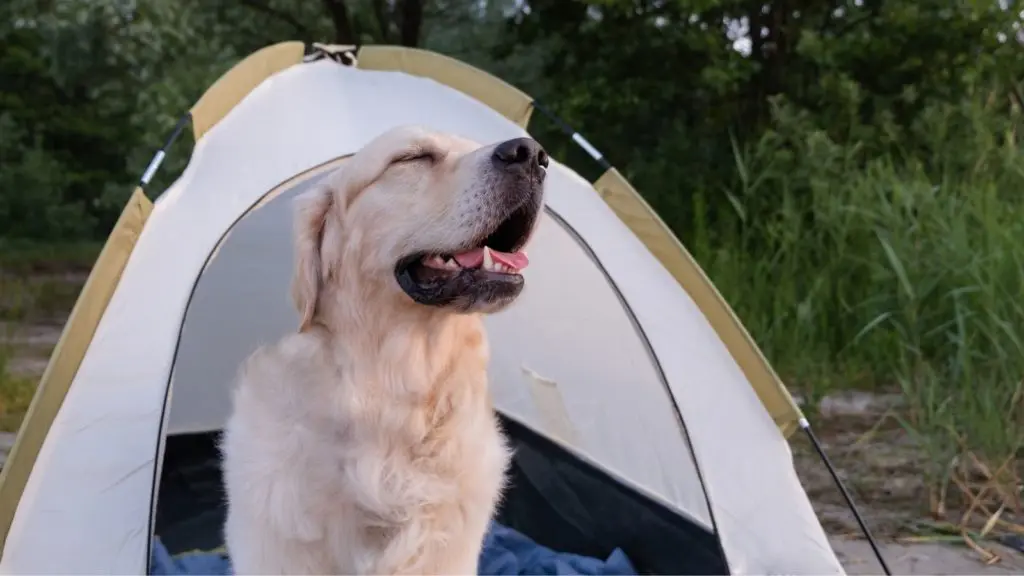
When pet camping, don’t let your dog dig up any plants or chew on roots. Not only are you saving the local vegetation and making sure the campers after you can enjoy the camp site just as you found it, you’re also protecting your dog from eating something that might be poisonous to them.
3. Take Your Dog Off Leash

Don’t let Fido chase after wildlife that might scamper into your pet friendly campsite. This is especially true for larger wildlife. If you’re staying in a campground where buffalo are known to roam (yes, this does happen, especially around some state parks and national parks!), you don’t want your dog getting loose giving chase.
KID-FRIENDLY HOTELS: 15 Best Family Resorts in the U.S.
One swift kick and your dog would be in a world of hurt. Remember, your dog should always be on leash. The only exception is when you’re at a specifically designated area like an off-leash dog park.
4. Ignore Quiet Hours
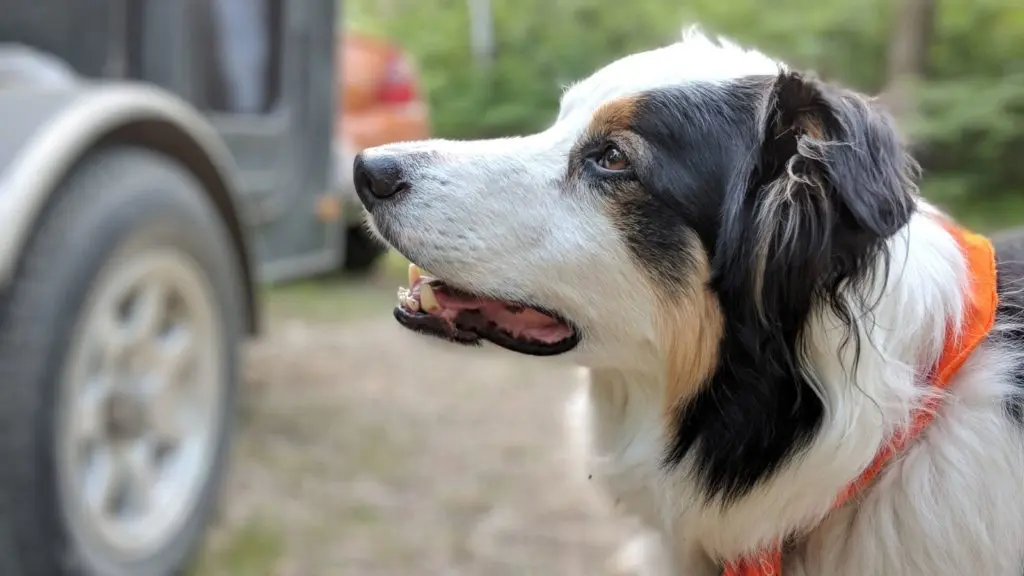
Most campgrounds have quiet hours, usually starting at 10 or 11 p.m. There should be no shouting during these hours, no barking dogs, and no loud music. Make sure your kids understand quiet hours mean “inside voice.”
AFFORDABLE FUN: 7 Cheap California Vacation Ideas for Families
Keep an eye (and ear) on your dog, too. While the occasional bark can’t be prevented, you don’t want your dog barking all night long. It might not get you kicked out of the campground, but you there’s a good chance you’ll hear from other unhappy campers.
5. Leave Your Dog Unaccompanied
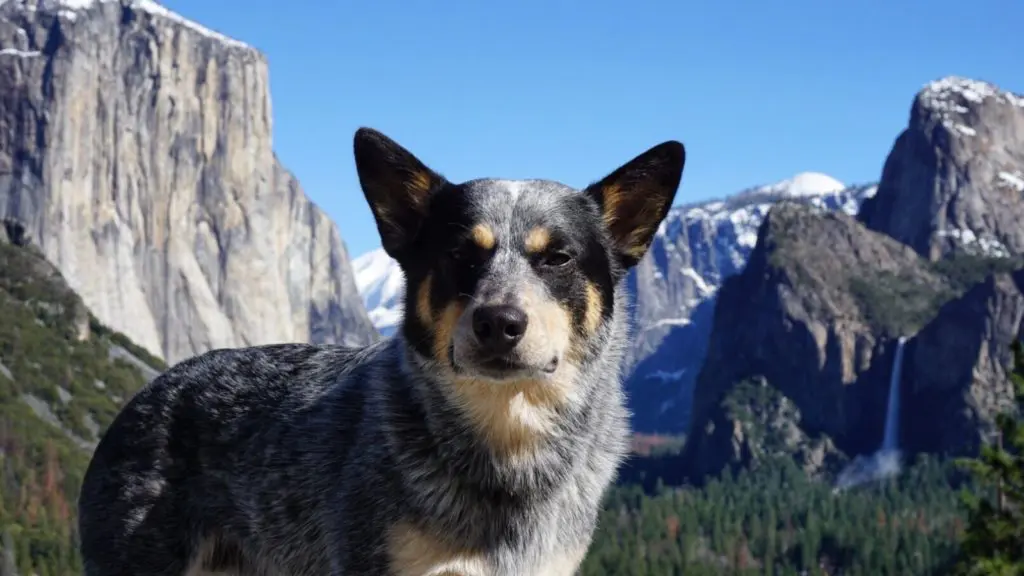
Dogs should never be left unaccompanied at your campsite during the day, not even at pet friendly campgrounds. Someone needs to stay behind to keep him or her company, or the dog has to go with you when you leave for the day’s activities. After all, it’s the dog’s vacation, too.
ROAD TRIP: Why an Iceland Camper Rental Should Be Your Next Open-Road Adventure
Half the fun of camping with pets is taking them with you to the beach or hiking trails or other day use area when the weather conditions allow. Just remember to bring one of the best doggie life jackets to keep them safe around the water.
6. Leave a Mess

Campgrounds try to make being courteous easy for everyone. You’ll find trash cans and dog waste disposal areas throughout, so there’s no excuse not to pick up after yourself and your dog. Make sure your kids know not to throw wrappers on the ground, and ensure they’re cleaning up after walking the dog.
EASY VACATIONS: 7 Family Travel Adventures Where Someone Else Does All the Planning
Many campgrounds are owned and operated by local families and have limited staff. Having to clean up the mess your kids or your pets leave behind makes their jobs that much harder. When in doubt, remember the Golden Rule of pet camping: Always leave your campsite better than when you arrived.
7. Be Careless around the Campfire

When camping with pets and kids, keeping an eye on them around the campfire is just as important as watching them at the pool. Too many fire-related accidents could have been prevented by parents keeping a closer eye on their kids and fur babies around near an open fire.
SUN PROTECTION: 13 Kid-Friendly Sunscreens the Whole Family Can Use
Even after the fire is out, take care. No one wants to hear your puppy yelping after he’s pawed at the dying embers before you had a chance to douse them with water. And, definitely remember to douse the fire before going to bed.
Pet Friendly Camping: Other Things to Consider
One of the easiest ways to be a courteous campground neighbor is simply to know the rules and follow them. Most pet friendly campgrounds allow a wide range of pets on site as long as they are up to date on shots and current rabies vaccinations, but specify that aggressive animals are not permitted. If you know your dog likes to pick fights, pet camping might not be the best fit for your furry friend.
If you have a dog breed you know is banned in some areas, call the campground ahead of time and ask about their pet policy to make sure your dog will be allowed and welcomed. Some locations are within cities or townships where breeds like pit bulls are illegal, making them canine non grata at the campground as well.
LODGE LIFE: 12 Most Beautiful National Park Lodges in America
You should also call ahead before bringing something like an inflatable pool with you. Because disposing of the water from the pool can be messy, some campgrounds might not permit them.
Especially if you’re a first-time pet camper, if you’re unsure if something is permitted, call ahead. Campground owners are happy to help you prepare for a great experience camping with your pets and kids.
More from FamilyVacationist:
- 10 Best Hotel Booking Sites for Cheap Prices
- 16 Best Flight Booking Sites for Cheap Airfares
- 19 Best Vacation Rental Sites for Families



